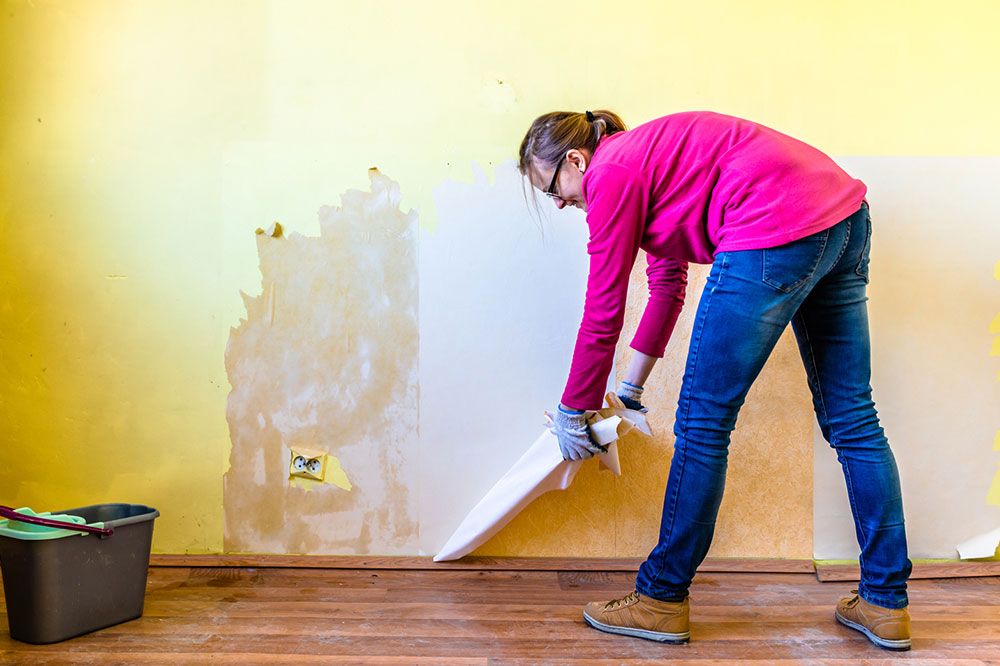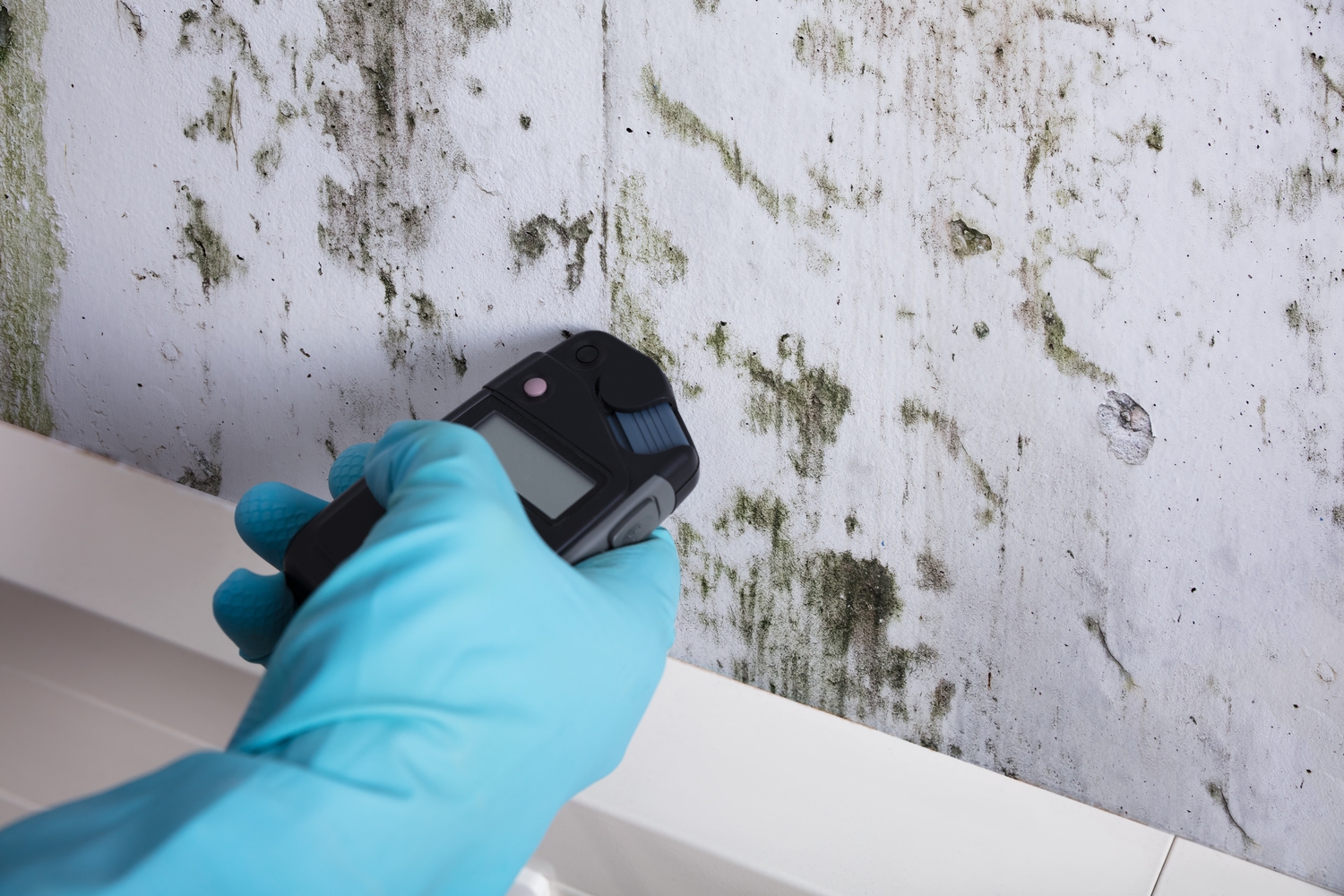Comprehensive Guide to Handling Water Damage and Home Repairs
Learn essential and comprehensive methods for managing water damage in your home. This detailed guide covers common causes, necessary tools, step-by-step restoration processes, and preventive tips to safeguard your property from extensive water-related harm. Protect your home effectively with expert advice on drying, mold removal, repair, and future prevention strategies.

Comprehensive Guide to Handling Water Damage and Home Repairs
Discovering signs of water damage in your home can be alarming, especially after moving into a new place. Common indicators such as sagging ceilings, peeling paint, or the presence of mold on walls signal underlying issues that require prompt attention. If not addressed properly, water damage can cause extensive deterioration, leading to costly repairs and health risks. This comprehensive guide provides detailed strategies and essential steps to effectively manage water damage, assess the extent of harm, and restore your home to its safe and comfortable condition. We’ll explore various causes of water damage, the tools needed for restoration, and practical approaches to mitigate damage and prevent future problems.
Understanding Common Causes of Water Damage in Homes
Before diving into repair procedures, it’s crucial to understand the primary causes of water damage. Recognizing these sources empowers homeowners to take preventive measures and respond swiftly when issues arise. The six major causes include storm-induced damage, flooding, accidental water incidents, sewer backups, slow leaks, and mold-related moisture issues. Each of these causes presents unique challenges and requires specific action plans for effective management.
Weather-Related Water Damage and Its Impact
One of the most prevalent sources of water damage is weather-related events such as hurricanes, heavy storms, and torrential rains. These natural phenomena can cause immediate and significant damage to homes, especially if they lack adequate protection or insurance coverage. It’s advisable for homeowners in storm-prone areas to review their policies to ensure coverage for natural disasters, including flooding and storm damage. Typical homeowner insurance may cover certain aspects of water damage, but it’s essential to understand exclusions and consider additional flood insurance for comprehensive protection.
Flooding: Causes and Consequences
Flooding remains a leading cause of extensive water intrusion into residential structures. It can result from snowmelt overflowing rivers, localized torrential rainfall on urban or rural landscapes, or storm surges in coastal regions. Floodwaters often contain debris and contaminants, making cleanup more challenging and hazardous. Homes situated in floodplains or low-lying areas are particularly vulnerable. The extent of damage can range from minor inundation to severe structural compromise requiring substantial repairs. Preventive measures such as flood barriers, sump pumps, and landscape drainage improvements are vital for at-risk properties.
Unexpected Water Incidents and Equipment Failures
Sudden water incidents often catch homeowners off guard. Burst pipes caused by freezing temperatures, malfunctioning heating units, steam boilers, air conditioning leaks, or faulty water tanks can quickly flood a property. While unpredictable, such incidents can be minimized with regular maintenance, inspection, and early detection systems. Quick shutoff of water supplies is critical to reduce damage extent. Installing leak detection devices can alert homeowners instantly, preventing significant losses and enabling faster response times.
Sewer Backups and Their Risks
Sewer overflows are particularly serious, as they often release contaminated water, posing health hazards to occupants. Overflow can occur because of blocked pipes, tree roots intrusion, or system failures. Insurance policies typically categorize sewer backups separately, and coverage varies. If your area is susceptible to sewer issues, consider installing backflow prevention devices and regular sewer line inspections. Immediate cleanup and disinfecting are essential to maintain a healthy living environment after such an incident.
Gradual Water Damage and Hidden Leaks
Not all water damage occurs abruptly; some progress slowly over time. Small leaks from cracked pipes, loose fittings, or worn-out seals can lead to cumulative damage if unnoticed. Over months or years, these leaks weaken structures, cause wood rot, or promote mold growth. Periodic plumbing inspections and moisture monitoring can identify these issues early, saving significant repair costs later on.
Mold-Related Moisture and Its Connection to Water Damage
Persistent moisture creates the ideal environment for mold growth, especially in hidden or poorly ventilated spots like behind drywall, inside cabinets, or in attics. Mold can appear within 24-48 hours in damp environments and can cause respiratory issues, allergic reactions, and permanent damage to building materials. Recognizing early signs of mold and addressing moisture problems immediately is critical. Mold remediation may require professional treatment to ensure complete removal and to prevent recurrence.
Essential Tools for Effective Water Damage Restoration
Restoration efforts require specific equipment designed to dry, extract, and disinfect affected areas efficiently. Key tools include:
Air Movers
Air movers enhance airflow over saturated surfaces, promoting faster evaporation of moisture from walls, floors, and upholstery. Proper placement and continuous operation are essential for effective drying.
Dehumidifiers
Dehumidifiers lower ambient humidity, inhibiting mold growth and improving the drying process. They come in various sizes and capacities, suitable for different home spaces.
Flood Pumps
Powerful pumps are crucial in severe flooding scenarios, rapidly removing standing water from basements or crawl spaces to prevent structural damage and facilitate cleanup.
Step-by-Step Water Damage Mitigation and Home Restoration Procedures
Addressing water damage promptly minimizes long-term effects, saves costs, and restores home safety. Follow these comprehensive steps for effective cleanup:
1. Safety First: Turn Off Power and Water - Before entering the affected area, ensure that electrical power is disconnected to prevent shocks. Shut off the main water supply to halt additional water ingress.
2. Remove Standing Water and Dry Out - Use wet/dry vacuums, mops, or pumps to extract standing water. Deploy fans and dehumidifiers to accelerate evaporation, focusing on walls, carpets, and furniture.
3. Conduct a Thorough Inspection - Check for signs of mold, structural damage, and hidden leaks. Engage professionals for comprehensive assessments when necessary.
4. Mold Prevention and Removal - Seal off contaminated areas and consult mold remediation experts for safe and effective removal. Proper protective gear is essential during this process.
5. Discard Porous and Contaminated Materials - Porous items like carpets, ceiling tiles, and drywall that are saturated often cannot be salvaged and should be disposed of to prevent mold proliferation.
6. Sanitize and Disinfect - Use EPA-approved disinfectants, including bleach solutions, to eliminate bacteria, fungi, and viruses from clean surfaces. Proper ventilation during this step is important.
7. Repair and Replace Damaged Structures - After thorough drying, inspect and repair structural components, such as wooden beams, drywall, and flooring. Replace compromised materials with waterproof and mold-resistant options.
8. Address Moisture Intrusion and Seal Openings - Examine your property for leaks, cracks, or missing sealants. Apply waterproof sealants to prevent future water intrusion.
9. Restore Home Appearance - Finish with painting, sealing, and furniture cleaning to bring your home back to a condition that is both functional and visually appealing. Consider mold-resistant paints for added protection.
Managing water damage effectively involves a combination of immediate response, professional intervention, and preventive measures. This comprehensive approach ensures your home remains safe, healthy, and resilient against future water-related issues.





